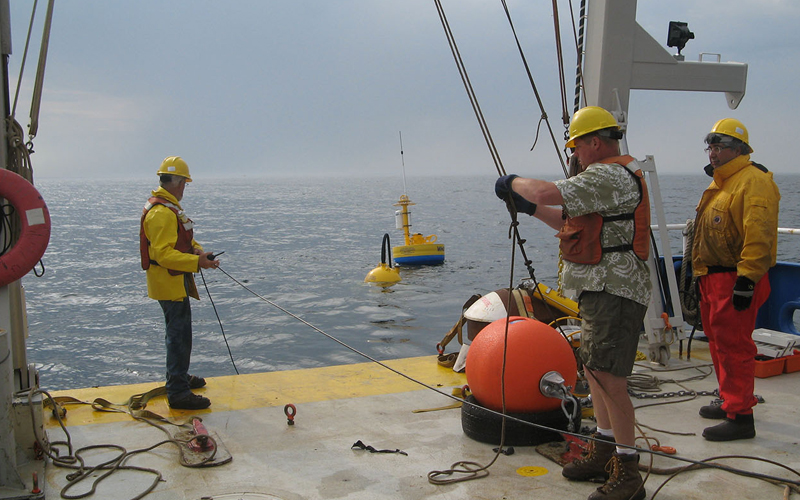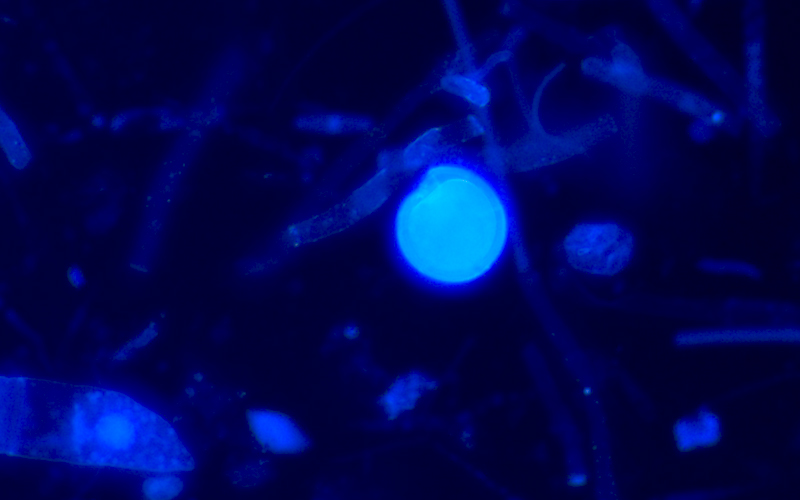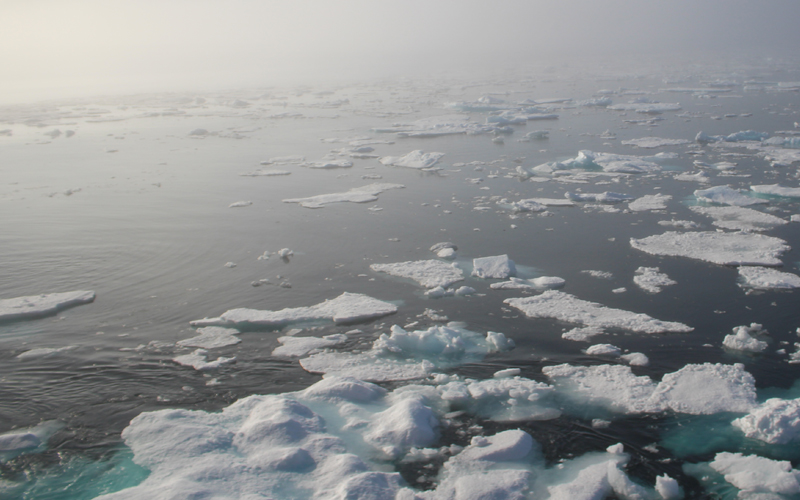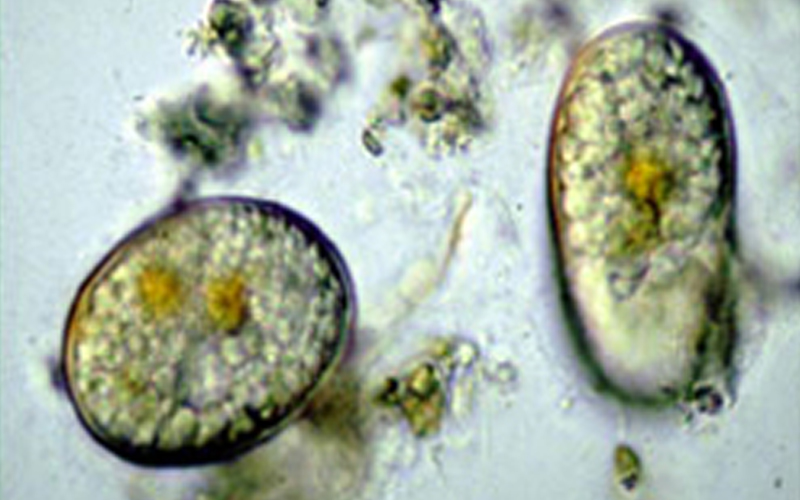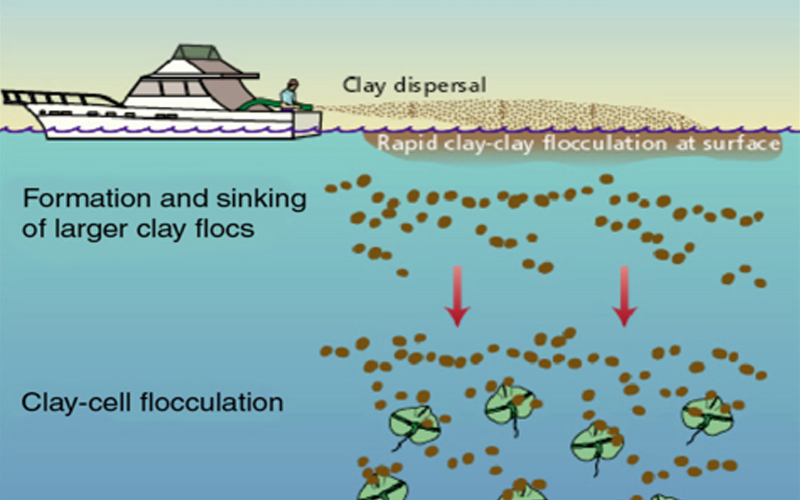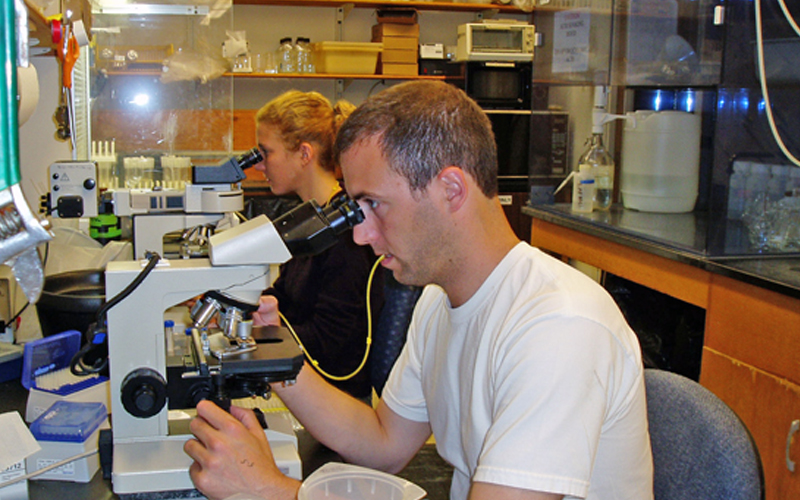Projects
We conduct field programs investigating the population dynamics of HAB species in various habitats, from shallow salt ponds to open coastal waters. We study the biological, chemical, and physical factors which regulate the growth and distribution of HAB species in each habitat-type. The linkage between toxic dinoflagellate blooms and coastal physics is significant, and this coupling has been an area of considerable focus. On the physiological front, we are exploring the mechanisms which regulate toxin content and composition of Alexandrium, have used toxin "fingerprints" to infer key elements of this organism's population biology, and have delved into the details of the complex life cycle that influences the timing, location, and genetic composition of blooms.
Operational HAB Monitoring and Forecasting in the Gulf of Maine
Using remote instrumentation to monitor the distribution of HAB phytoplankton Alexandrium and Pseudo-nitzschia.
Ciguatera Fish Poisoning
Developing methods for understanding community dynamics of the toxic dinoflagellate Gambierdiscus.
Origin and Fate of HABs in
Arctic Waters
Establishing a baseline in the Arctic in order to evaluate effects of current and future climate change upon HAB frequency and severity.
Biological and Physical Controls
of Alexandrium Bloom Initiation
and Termination
Using the Nauset marsh system as a model to interrogate the drivers of red tide events.
Florida red tide mitigation using clay dispersal
Testing the effectiveness of clay flocculation on removing Karenia brevis from coastal waters.
